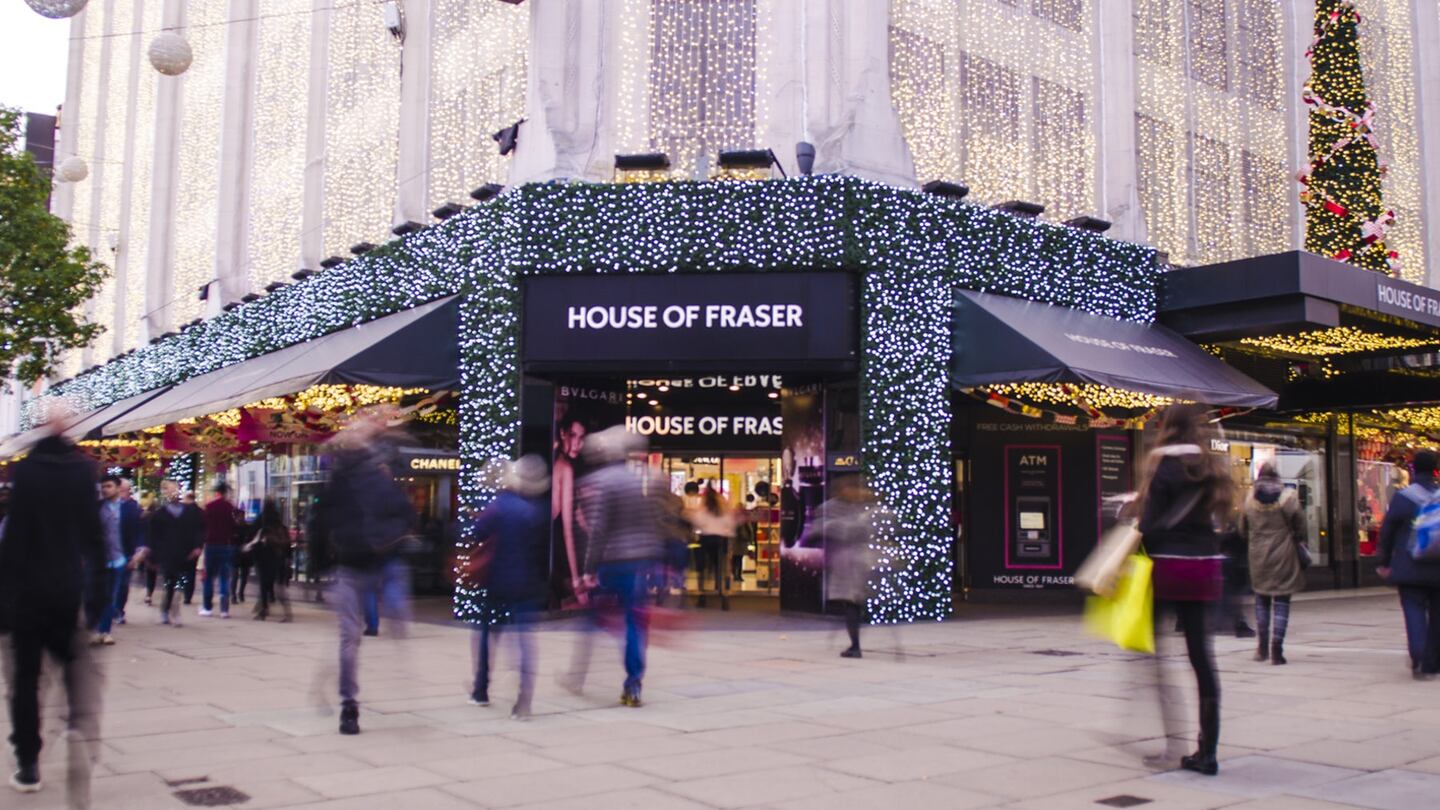
The Business of Fashion
Agenda-setting intelligence, analysis and advice for the global fashion community.

Agenda-setting intelligence, analysis and advice for the global fashion community.

LONDON, United Kingdom — The Chinese owner of House of Fraser plans to sell its majority stake in the troubled British department store chain, adding to the upheaval on the UK's shopping streets.
Nanjing Xinjiekou Department Store Co. will sell its 51 percent holding to a tourism development company named Wuji Wenhua, according to a Chinese stock exchange filing Tuesday. The planned sale follows the collapse of Toys 'R' Us UK and electronics retailer Maplin in February.
The UK’s department stores have struggled amid the rise of online shopping and a surge in sourcing costs driven by the pound’s 7 percent fall against the dollar and 14 percent decline against the euro since the Brexit vote. Sports Direct International Plc Chief Executive Officer Mike Ashley this month increased his holding in Debenhams Plc, spurring speculation he may acquire the House of Fraser rival. Ashley also owns a minority stake in House of Fraser.
House of Fraser reported a 2.9 percent drop in sales over the holiday shopping season and has entered negotiations with landlords to reduce rents on some of its 59 UK stores. In the year ended January 2017 the company reported net income of £26.8 million ($37.1 million).
ADVERTISEMENT
Sanpower Group owns a 27.32 percent stake in Nanjing Xinjiekou, according to Bloomberg data. Sanpower acquired House of Fraser in 2014 in a deal that valued the chain at £450 million ($623 million).
By Sam Chambers, Rachel Chang; editors: Eric Pfanner, Thomas Mulier
The British musician will collaborate with the Swiss brand on a collection of training apparel, and will serve as the face of their first collection to be released in August.
Designer brands including Gucci and Anya Hindmarch have been left millions of pounds out of pocket and some customers will not get refunds after the online fashion site collapsed owing more than £210m last month.
Antitrust enforcers said Tapestry’s acquisition of Capri would raise prices on handbags and accessories in the affordable luxury sector, harming consumers.
As a push to maximise sales of its popular Samba model starts to weigh on its desirability, the German sportswear giant is betting on other retro sneaker styles to tap surging demand for the 1980s ‘Terrace’ look. But fashion cycles come and go, cautions Andrea Felsted.